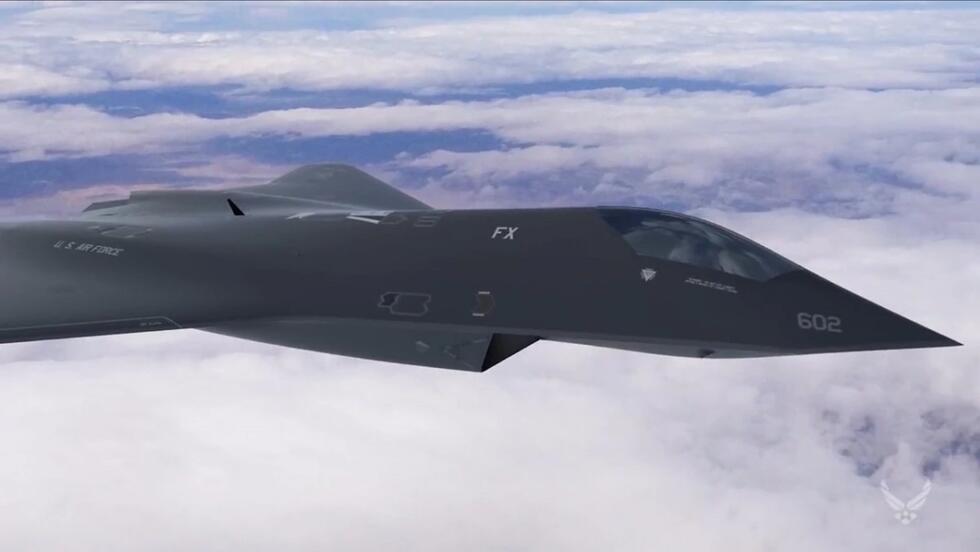[Reported by www.huanqiu.com Reporter Xu Yuming] According to the website of Volkswagen Machinery magazine on December 23, the new fighter currently under secret by the U.S. Air Force will be equipped with a co-pilot similar to artificial intelligence (AI).
According to the report, the new fighter secretly developed by the U.S. Air Force will be designed, manufactured and relatedly tested within a year, and the fighter will be equipped with artificial intelligence co-pilots, just like the R2-D2 robot in the “Star Wars” series, on which human pilots can rely on to complete critical operations. Mission.
In September this year, Will Roper, the Assistant Secretary for Procurement, Technology and Logistics of the United States Air Force, revealed the news of the U.S. military’s Next Generation Air Dominance (NGAD) fighter jets.
The U.S. Air Force is so vigilant about this sixth-generation fighter, only confirming its existence. At present, some clues about the NGAD fighter have surfaced, and the latest news shows that the aircraft will have an artificial intelligence co-pilot.
The report mentions that the U.S. Air Force first announced an artificial intelligence system called Artoo in the middle of this month.
The system was first installed on the U-2 reconnaissance aircraft developed by Lockheed Martin on December 15 and was entrusted with the task of controlling the radar and sensor systems of the reconnaissance aircraft.
According to the report, modern air combat is becoming more and more complex, and pilots must master various switches, programs, sensors and weapon systems.
In addition to monitoring traditional data such as altitude, speed and fuel status, fifth-generation pilots must pay close attention to a series of sensors, including infrared sensors, threat early warning systems and radars.
Once put into combat, flying becomes extremely complicated, because pilots must consider the enemy’s air and ground-to-air capabilities, advantages and disadvantages, while flying fighters.
The artificial intelligence co-pilot can perform relatively simple tasks, such as communication, threat monitoring, network security and navigation. At the same time, human pilots can focus more on tasks reserved for human beings, such as approving the launch of weapons, changing flight plans and communicating with other personnel at bases, air and on the ground.
Artificial intelligence can even liberate pilots to observe battlefield posture with human thinking and turn it into their own advantages.



